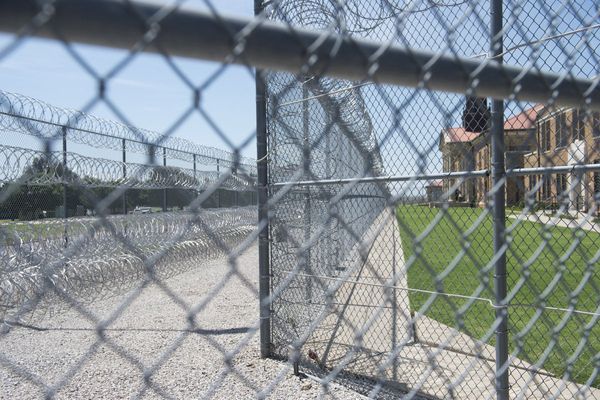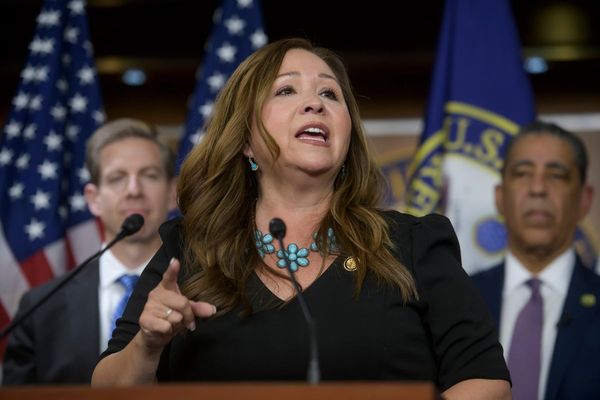
The Guardian’s investigation of underinvestment in public buildings vividly shows its detrimental impact (Revealed: 1.5m children in England studying in unfit school buildings, 27 December). It is therefore heartening that a government spokesperson has stated that “immediate action to remedy the state of disrepair” would be taken.
However, UK building condition surveys and asbestos regulations do not include a measure of the risk of staff and children developing incurable mesothelioma cancer from long-term asbestos exposure in buildings like schools.
The UK now has the highest incidence of mesothelioma in the world, and the evidence indicates that hundreds of thousands of children and staff may die from it in future because they were exposed to asbestos in their former schools. My investigation on this, What Is the Real Risk from Asbestos in Schools?, was published last year by the National Education Union.
The government should take immediate action to develop asbestos regulations and funding for the identification and remediation, as necessary, of all schools with unsafe asbestos levels. Our children deserve no less.
Dr Gill Reed
Former technical adviser, Joint Union Asbestos Committee
• Twenty years ago, I was responsible for the preparation of both the school organisation plan and the asset management plan for a local education authority (LEA) of about 10 secondary schools and 60 primary, special and nursery schools. I calculated that (at 2004 prices) £10m should be set aside annually for the planned replacement of the school stock over a rolling 60-year period, £4.5m for capitalised planned maintenance, £3m for curriculum developments requiring alteration and modernisation, and £2.5m for unpredictables stemming from government initiatives – health and safety legislation, removal of reinforced autoclaved aerated concrete, asbestos, disabled access – the list goes on.
This would stabilise the situation in the school stock, but only after a one-off expenditure of about £12m to catch up with the backlog.
Since the 1970s, the annual government cap on borrowing to invest in schools in my LEA never exceeded £2m. Deterioration was inevitable. One-off approvals for new schools did not scratch the surface. Inadequate private finance initiative credits left the LEA with an annual deficit of £5m to find in order to pay the concessionaires.
Belated recognition of the problem is welcome. Perhaps the time is now ripe to bite the bullet on the bizarre public sector borrowing requirement rules.
Ed Campbell
Morpeth, Northumberland
• I am sceptical about the concerns raised with respect to paucity of construction records (Safety checks ordered amid concern over thousands of postwar school buildings in England, 29 December). For example, the Clasp (Consortium of Local Authorities Special Programme) system used throughout the UK is well documented in the Ministry of Education’s Building Bulletin guides.
It is probable that the steel and timber structure remains sound in the many Clasp buildings that remain in use. This is not to say that detailed site surveys of system-built schools are unnecessary at this time, but they should be conducted in light of available information.
Colin Porteous
Emeritus professor of architectural science, the Glasgow School of Art
• Have an opinion on anything you’ve read in the Guardian today? Please email us your letter and it will be considered for publication in our letters section.







